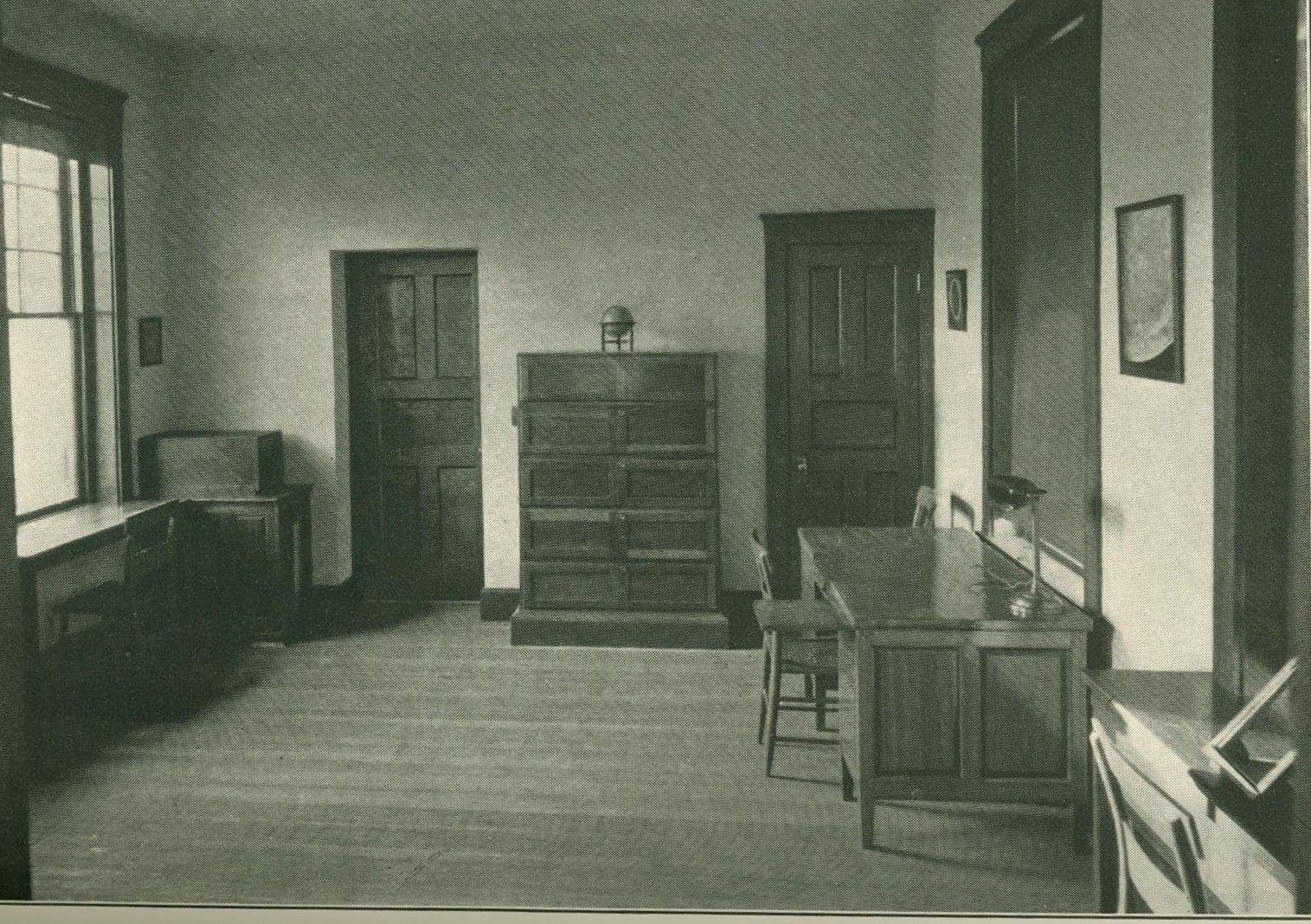Nantucket Maria Mitchell Association Welcomes Dr. Darby Dyar as Featured Guest for January Science Speaker Series
NANTUCKET, MA — The Nantucket Maria Mitchell Association (MMA) announces that it will host Dr. Darby Dyar as a featured presenter for its Science Speaker Series. Her presentation “Looking for Life in Our Solar System: A Mars-Earth-Venus Comparison” will take place on Wednesday, January 24 at 7pm EST. It will be presented via Zoom. This event is free to all.
Since the dawn of civilization, humankind has wondered if human life on Earth is alone in the universe. Modern science refines this question to be about the search for water – where life began on Earth – on planets in our solar system and beyond. Recent NASA missions have focused on this issue through studies of subsurface ice on Mars, water cycles on the Earth, and the enigmatic clues of oceans and water left behind on Venus. This talk traces recent and emerging evidence about the presence of water on these three terrestrial planets.
Darby Dyar is the Kennedy-Schelkunoff Professor of Astronomy at Mount Holyoke College and Senior Scientist at the Planetary Science Institute. Dyar is a mineralogist and spectroscopist interested in a wide range of problems relating to the evolution of the solar system. She studies the redox state of iron and the abundance of hydrogen in solar system materials using Mössbauer, x-ray absorption, and FTIR spectroscopy. Dyar has pioneered the use of machine learning tools to interpret spectroscopic data. She is the Deputy Principal Investigator on the VERITAS mission to Venus and was a participating scientist on the Mars Science Laboratory science team. Her honors and awards include the G.K. Gilbert Award for outstanding contributions to planetary science from the Geological Society of America (GSA), the Hawley Medal from the Mineralogical Association of Canada, and the Eugene Shoemaker Distinguished Scientist Medal from NASA. She is a Fellow of: GSA, the Mineralogical Society of America, and the Geochemical Society. She earned her B.A. from Wellesley College and her Ph.D. in geochemistry from the Massachusetts Institute of Technology.
Pre-registration is required. To register for this event, please follow the link below:
https://us06web.zoom.us/webinar/register/WN_1TP8z_TzRhqcWaDoopaJZg#/registration
This series is generously sponsored by our lead sponsor, Bank of America.
The Maria Mitchell Association was founded in 1902 to preserve the legacy of Nantucket native astronomer, naturalist, librarian, and educator, Maria Mitchell. After she discovered a comet in 1847, Mitchell’s international fame led to many achievements and awards, including an appointment as the first female professor of astronomy at Vassar College. Maria Mitchell believed in “learning by doing” and today that philosophy is reflected in the MMA’s mission statement, programs, research projects, and other activities. The Maria Mitchell Association operates two observatories, a natural science museum, an aquarium, a research center, and preserves the historic birthplace of Maria Mitchell. A wide variety of science and history-related programming is offered throughout the year for people of all ages.
###
For Immediate Release
January 12, 2024
Contact: Molly Mosscrop, Marketing Director
mmosscrop@mariamitchell.org
Recent Posts




